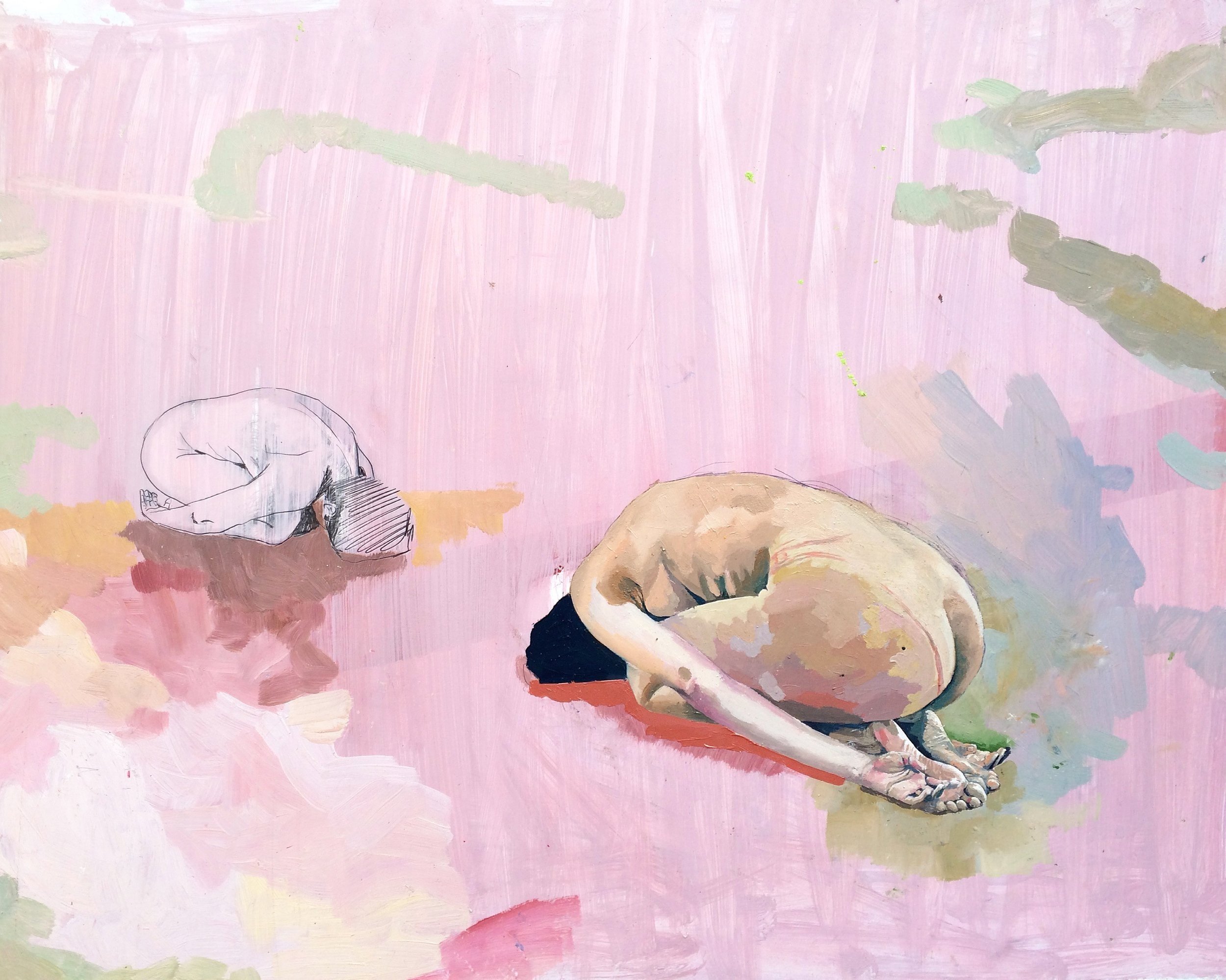
Let’s talk about living with
Borderline Personality Disorder
What is Borderline Personality Disorder?
Borderline Personality Disorder (BPD) is a mental health condition, beginning by early adulthood and present in a variety of contexts, marked by intense emotional instability, impulsivity, and difficulties in maintaining relationships. People with BPD often struggle with a deep fear of abandonment, a shifting sense of self, and extreme mood swings, which can lead to intense periods of anger, sadness, or anxiety. These emotional fluctuations often feel overwhelming, leading to impulsive behaviours or actions taken to soothe emotional pain, like risky behaviour or self-harm. A person with BPD might feel constantly on edge and experience their thoughts and emotions as overwhelming or chaotic, making everyday life more challenging.
The causes of BPD are complex and typically involve a combination of genetic, environmental, and neurological factors.
Genetics: Research suggests that BPD has a genetic component, as it tends to run in families. Although specific genes haven’t been identified, people with a family history of BPD or other mental health conditions (like depression or bipolar disorder) may be at a higher risk.
Environmental Factors: Experiences of trauma, abuse (physical, sexual, or emotional), neglect, or early loss are common in the history of people with BPD. These experiences can contribute to the development of BPD, especially if they occur during childhood when one’s sense of self and emotional coping skills are forming.
Brain Structure and Function: Studies show that people with BPD may have differences in brain areas that regulate emotions and impulses, like the amygdala and prefrontal cortex. These differences can affect how someone with BPD perceives and reacts to emotions and interpersonal interactions.
Psychosocial Factors: People with BPD often report feeling out of place or not fitting in, which might further complicate how they perceive themselves and the world.
As written in the DSM-5, here are the main symptoms of Borderline Personality Disorder:
✶ Frantic efforts to avoid real or imagined abandonment.
✶ A pattern of unstable and intense interpersonal relationships characterized by alternating between extremes of idealization and devaluation.
✶ Identity disturbance: markedly and persistently unstable self-image and sense of self.
✶ Impulsivity in at least two areas that are potentially self-damaging (e.g. spending, sex, substance abuse, reckless driving, binge eating.)
✶ Recurrent suicidal behavious, gestures, or threats, or self-mutilating behaviour.
✶ Affective instability due to a marked reactivity of mood (e.g., intense episodic dysphoria, irritability, or anxiety usually lasting a few hours and only rarely more than a few days.)
✶ Chronic feelings of emptiness.
✶ Inappropriate intense anger or difficulty controlling anger (e.g., frequent displays of temper, constant anger, recurrent physical fights.
✶ Transient, stress-related paranoid ideation or severe dissociative symptoms.
It’s highly recommended to search for a mental health professional who can accompany you through this recovery journey, and who can give you tools, guidance, new perspectives, and hope for the future.
The most researched and known form of treatment is Dialectical Behavioral Therapy (DBT), developed by Dr. Marsha Linehan, an American psychologist and researcher. She created DBT in the late 1980s to address the needs of people with chronic emotional instability, particularly those with Borderline Personality Disorder (BPD).
Dr. Linehan’s interest in developing DBT stemmed from her own experiences with mental health struggles, which she later disclosed publicly. She recognized that traditional cognitive behavioral therapy (CBT) often fell short for people with intense emotional responses, who needed both validation and specific skills for managing their emotions. She added a strong emphasis on acceptance, combining cognitive-behavioral techniques with mindfulness practices derived from Zen Buddhism to create a balanced, compassionate approach.
Through extensive research and clinical practice, Linehan structured DBT around skills that could help people regulate emotions, build resilience to distress, and improve interpersonal relationships. Today, DBT is one of the most widely researched and validated treatments for BPD and has been adapted for many other mental health conditions.
Dialectical Behavioral Therapy (DBT) is a form of therapy designed primarily for people who experience intense emotional instability, including those with Borderline Personality Disorder (BPD), though it’s also effective for other mental health issues like depression, PTSD, and eating disorders. DBT helps people learn to manage intense emotions, reduce impulsive behaviours, and build healthier relationships. It’s structured around finding a “dialectical” balance between two opposing forces—acceptance and change.
Here’s how DBT is structured and how it works:
Mindfulness
Mindfulness helps individuals stay present in the moment and observe their thoughts and emotions without judgment. It’s about learning to experience emotions without getting overwhelmed by them, and it’s a foundation of DBT that influences all other skills.
Distress Tolerance
Distress tolerance skills help people manage crises without resorting to self-destructive or impulsive behaviors. Techniques include self-soothing, distraction, and reality acceptance skills, all aimed at tolerating distress instead of reacting to it impulsively.
Emotional Regulation
This component teaches skills to identify and label emotions accurately, reduce emotional vulnerability, and increase positive emotions. Emotional regulation helps individuals understand and navigate their emotional responses more effectively.
Interpersonal Effectiveness
Interpersonal skills in DBT focus on improving relationships by balancing one’s own needs with the needs of others. It covers assertiveness, setting boundaries, and maintaining self-respect while navigating challenging social situations.

